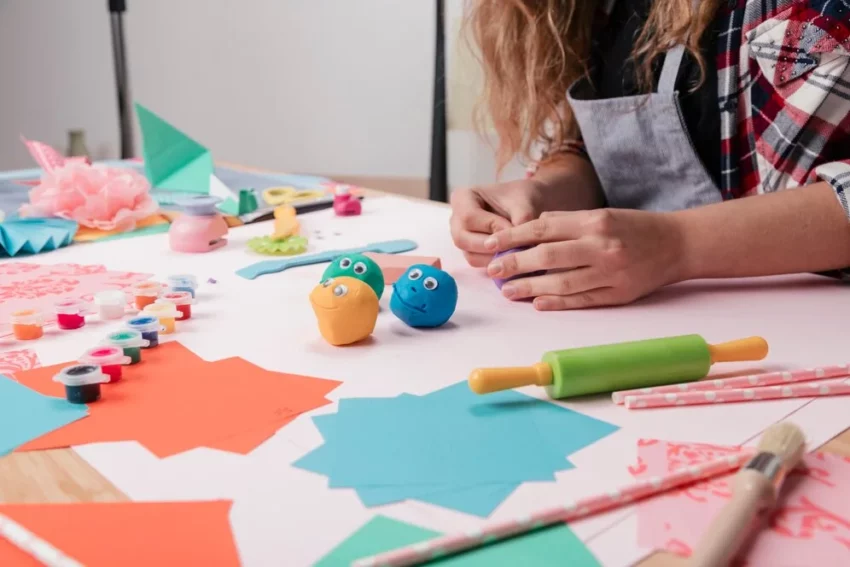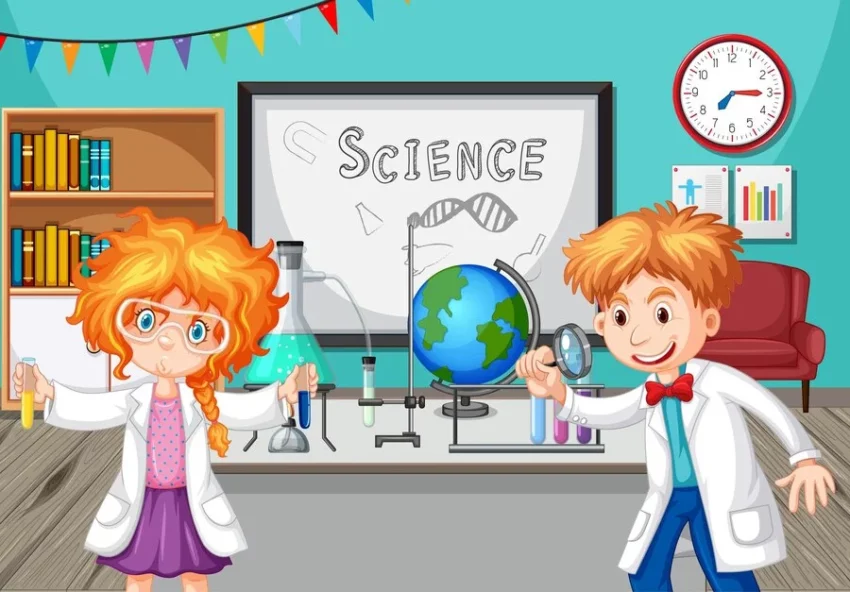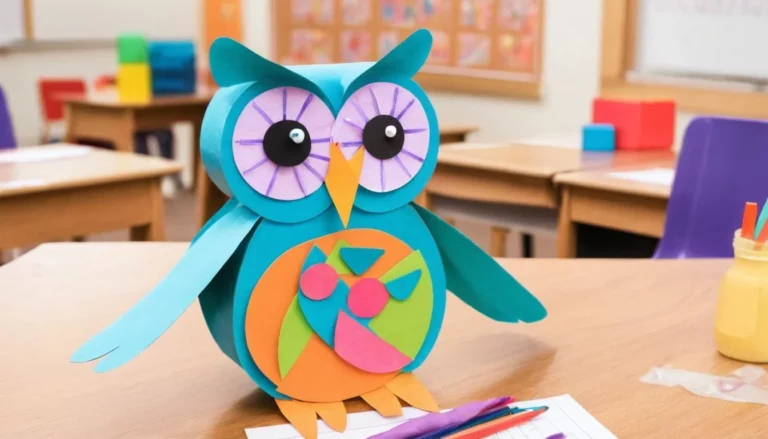Incorporating this timeless tale into educational activities can enrich and entertain children and adults alike. By engaging with the story hands-on, participants can gain a deeper understanding of its themes and messages while honing their creative and critical thinking skills. In this article, we’ll explore various activities inspired by Jonah and the Whale suitable for different age groups and settings.
Jonah and the Whale activities refer to educational and interactive experiences designed to explore the biblical story of Jonah and the Whale in various engaging ways. These activities aim to deepen understanding, spark creativity, and encourage reflection on the themes and messages conveyed in the narrative. If you want to learn more activities, which ones are STEM Activities for Kindergarten and Earth Day STEM Activities.
Jonah And The Whale Activity Ideas
These Jonah and the Whale activities can be adapted to suit different age groups and settings, providing meaningful and engaging learning experiences for participants of all backgrounds.
Here are Jonah and whale activities and ideas mentioned below:
1. Art and Crafts

Channel creativity and artistic expression by incorporating arts and crafts creative session activities inspired by the story. Provide materials such as paper, paint, markers, and clay, and encourage participants to create their explanations of scenes from Jonah’s adventure. It could include illustrations of Jonah inside the belly of the whale, depictions of the stormy sea, or even crafting whale-themed sculptures or puppets. Artistic endeavours reinforce story comprehension and allow participants to visually explore their feelings and interpretations. People of all ages and backgrounds enjoy arts and crafts activities and can provide numerous benefits, including
- Self-expression: Art and craft activities offer individuals a means of expressing themselves creatively and exploring their emotions, ideas, and identities through visual or tactile mediums.
- Stress Relief: Engaging in creative activities can be therapeutic and help reduce stress, anxiety, and tension by providing a calming and meditative outlet for self-expression.
- Skill Development: Art and craft activities foster the development of fine motor skills, hand-eye coordination, and spatial awareness, as well as encourage problem-solving and critical thinking skills.
- Social Connection: Participating in arts and crafts activities can be a social experience, allowing individuals to connect with others, share ideas, collaborate on projects, and build relationships within their communities.
2. Science Exploration

Dive deeper into the story by exploring the scientific aspects of whales and the ocean. Introduce participants to the fascinating world of marine biology, discussing different species of whales, their habitats, and behaviours. Utilize multimedia resources, such as videos and documentaries, to enhance understanding and appreciation of these majestic creatures. Consider organizing a visit to a local aquarium or marine centre, where participants can observe whales firsthand and learn from experts in the field. This interdisciplinary approach combines biblical storytelling with scientific inquiry, promoting holistic learning and appreciation of nature’s wonders. Some key areas of exploration in science include:
- Physical Sciences: This includes physics, chemistry, astronomy, and earth science, focusing on understanding the fundamental principles governing matter, energy, space, and time.
- Life Sciences: Biology, ecology, genetics, and other life sciences explore living organisms, their structure, function, behaviour, evolution, and interactions with each other and their environment.
- Social Sciences: Psychology, sociology, anthropology, and economics investigate human behaviour, societies, cultures, and institutions, aiming to understand social dynamics and human interactions.
3. Creative Writing

Foster literacy skills and creativity through writing activities inspired by the story of Jonah and the Whale. Encourage participants to write their versions of the tale, exploring alternative perspectives or imagining what happened before or after the events recorded in the Bible. Provide prompts to stimulate imagination, such as “What if Jonah encountered other sea creatures inside the whale? Encourage participants to share their writings with the group, promoting peer feedback and collaboration.
Creative writing can take many forms, including
- Fiction: Short stories, novels, novellas, and flash fiction.
- Poetry: Free verse, sonnets, haiku, and other poetic forms.
- Drama: Plays, screenplays, and scripts for television or film.
- Non-fiction: Personal essays, memoirs, autobiographies, and creative non-fiction that blend factual information with literary elements.
4. Community Service

Instill values of compassion and empathy by connecting the story of Jonah and the Whale to meaningful acts of service within the community. Discuss the importance of helping those in need and demonstrating kindness towards others, drawing parallels between Jonah’s journey of repentance and the opportunities for personal growth through selfless actions. Plan and execute a community service project, such as volunteering at a homeless shelter, organizing a food drive, or participating in environmental clean-up efforts. Encourage participants to reflect on how their service aligns with the principles exemplified in the story, fostering a sense of responsibility and social awareness. Some examples of community service activities include:
- Tutoring or mentoring: Helping students with academic subjects, assisting with homework, or providing guidance and support to young people in need.
- Environmental clean-up: Participating in beach clean-ups, tree planting, or recycling initiatives to improve and preserve the environment.
- Disaster relief: Assisting in disaster response efforts, such as distributing food and supplies, providing shelter, or helping clean up and rebuilding.
- Healthcare support: Volunteering at hospitals, clinics, or community health centres to assist patients, provide administrative support, or raise awareness about health issues.
Material
Here’s a list of materials and how you might use them in the activity:
- Storybooks or Printouts: Provide copies of the story of Jonah and the whale for participants to read or reference during the activity. It will ensure everyone is familiar with the narrative and can follow along as you explore different aspects of the story.
- Art Supplies: Gather materials such as paper, markers, crayons, paints, and clay. Participants can use these to create visual representations of scenes from the story, such as Jonah being swallowed by the whale or preaching to the people of Nineveh. Encourage creativity and expression as they bring the story to life through art.
- Costumes and Props: If you’re planning a dramatic retelling of the story, consider providing costumes and props for participants to use. It could include robes, tunics, cloaks for characters like Jonah and the sailors and props like a toy boat or a giant stuffed animal to represent the whale.
- Large Paper or Poster Boards: Use large paper or poster boards to create a story map of Jonah’s journey. Draw or print out images representing critical locations in the story, such as Joppa, the sea, the belly of the whale, and Nineveh. Participants can then use stickers or markers to plot Jonah’s movements and discuss the significance of each location.
- Journaling Supplies: Provide participants with journals or notebooks for reflection and journaling. You can also prepare writing prompts related to the themes of obedience, repentance, and mercy found in the story of Jonah and the whale. Encourage participants to write down their thoughts, feelings, and personal connections to the story as they engage in the activity.
- Interactive Games or Activities: Consider incorporating interactive games or activities into the session to reinforce key concepts from the story. For example, you could create a trivia game with questions about the narrative, a puzzle based on scenes from the story, or a role-playing activity where participants act out different scenarios from Jonah’s journey.
- Digital Resources: Depending on the format of your activity, you may also want to utilize digital resources such as videos, animations, or interactive websites that explore the story of Jonah and the whale. These can add visual interest and provide additional context for participants engaging with the narrative.
Benefits of jonah and whale activity
Engaging in activities centred around the story of Jonah and the whalecraft can offer a range of benefits, both educational and personal. Here are some of the key benefits:
- Spiritual Exploration: The story of Jonah and the Whale is rich in spiritual themes, including obedience, repentance, mercy, and redemption. Engaging with this narrative through activities allows participants to explore these themes hands-on, deepening their understanding of their faith and spirituality.
- Critical Thinking: Activities based on the story of Jonah and the whale encourage participants to think critically about the narrative, its characters, and its underlying messages.
- Cultural and Religious Literacy: The story of Jonah and the whale is essential to religious and cultural literacy for many people worldwide. Engaging in activities related to this story helps participants to become more familiar with the narrative, its origins, and its significance within different religious traditions.
- Emotional and Social Development: Activities based on the story of Jonah and the whale can evoke emotions, from empathy for Jonah’s struggles to awe at the miraculous events described in the narrative. Engaging with these emotions in a supportive group can foster emotional intelligence and compassion and strengthen participant social bonds.
- Creativity and Expression: Activities such as art projects, role-playing, and storytelling allow participants to express themselves creatively and engage with the story personally. Through visual art, dramatic performances, and written reflections, participants can bring the story of Jonah and the whale to life in ways that resonate with their experiences and perspectives.
Conclusion
The story of Jonah and the whale continues to captivate and inspire readers across cultures and generations. Its timeless themes of obedience, mercy, and redemption resonate deeply with the human experience, inviting us to reflect on our relationship with God and our willingness to heed divine guidance. By incorporating different learning modalities, you can appeal to various learning styles and create a memorable and meaningful experience for participants.






